I Caught on Camera What My MIL Was Doing While Babysitting My Kid, And I Don’t Know What to Think

You unbuckle your seatbelt and stand up, stretching your legs after a long flight. You head towards the restroom and think about freshening up. Suddenly, you’re in the air. Luggage flies around you.
It feels like the world is ending. You’re 30,000 feet above the ground, and you’re heading for a crash landing! Before you have any more time to think, everything goes black.
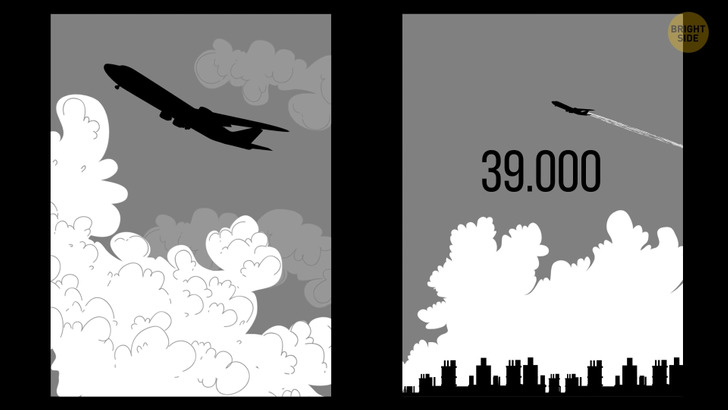
In early 2001, a massive Boeing 747 carrying over 400 people took off from Tokyo Haneda International Airport. The flight progressed like normal until it reached 39,000 feet and coasting speed. Food was being served, and passengers were up and about like they would be on any other journey.
Slightly earlier in the day, a Japanese airline flight between Busan, South Korea and Tokyo, Japan had begun in a similar fashion. This one was smaller, with about 250 people on board. It had also started coasting at around 37,000 feet.
Both of these planes were on a similar flight path, only 2,000 feet apart, and due to meet over the Japanese island of Honshu. They were both close to this intersection when the pilot of the Boeing 747 noticed his anti-collision indicator going off. This was when he first knew something was wrong.
One of the critical aspects of modern air travel is the coordination of air traffic control. Every flight is monitored, and pilots are advised if anything goes wrong. The entire point of air traffic control is to organize flights so well that collisions are impossible. Every modern plane is built with collision monitors, but they are never supposed to be used because of this.
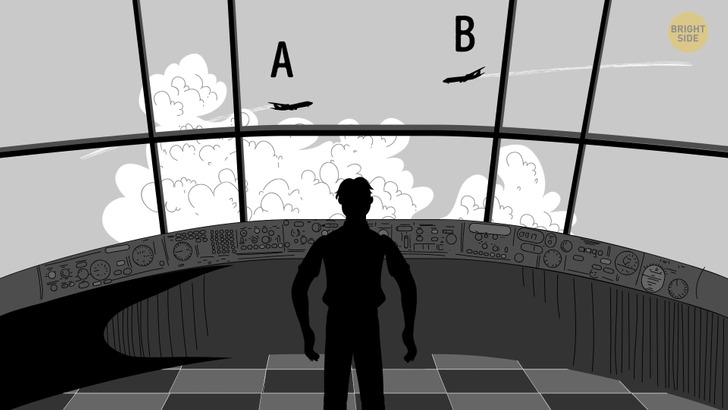
While the anti-collision indicators buzzed, 26-year-old trainee Hideki Hachitani was sitting behind the radars at the control tower, monitoring both flights. The stress of having to oversee more than 10 planes was overwhelming him. This isn’t surprising given that he wasn’t even certified to operate by himself, without supervision.
When he noticed the potential collision, he rushed to prevent a disaster. He quickly contacted the flight from Busan, that was cruising at 37,000 feet and told them to dip lower, trying to create a bigger gap between the planes. In his rush, though, Hachitani had made a terrible mistake. He had contacted the wrong plane!
Instead of telling the Boeing 747 to reduce its altitude, the pilot followed his instructions and lowered from 39,000 feet to 37,000 feet, the exact same height as the 747! Both planes sped towards each other at 500mph, on a collision course!
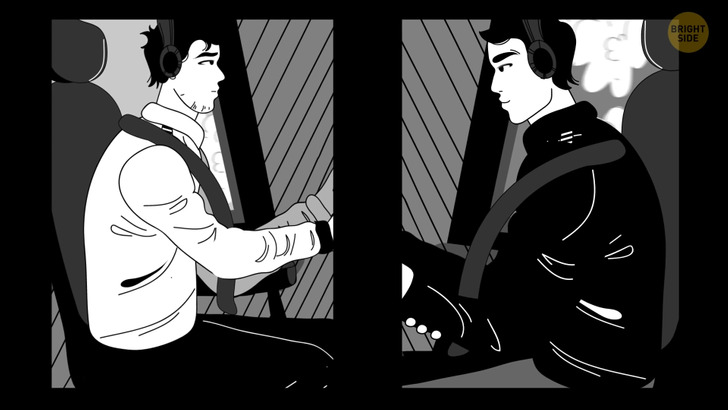
Hachitani was beginning to panic now. When he noticed that the flight from Busan hadn’t descended, he quickly instructed it to turn right. The pilot had, of course, failed to follow the instructions given because they’d been sent to the wrong plane. For an unknown reason, the instruction to turn right failed to reach anyone at all this time. The communications from air traffic control were failing, and the pilots didn’t have any idea of how much danger they were in.
When seeing Hachitani panicking behind the control panel, his supervisor rushed to the scene and took control of the situation. She contacted the flight from Busan and now told it to climb up. Amazingly, when she did this, she gave the order to a flight that wasn’t even operating that day. Both of the flights ignored her because they didn’t know that the message was intended for them.
The Boeing pilot was at least aware that there was another plane close by, but his faith in air traffic control would have comforted him. Surely if anything was badly wrong, someone would send him more instructions? At this point, the crash was beginning to look inevitable. For the passengers on the flights, though, everything would have seemed to be normal. They might have been eating some snacks, stretching their legs, or maybe waiting in line for the toilet, completely unaware that they were on course to fly straight into another plane.
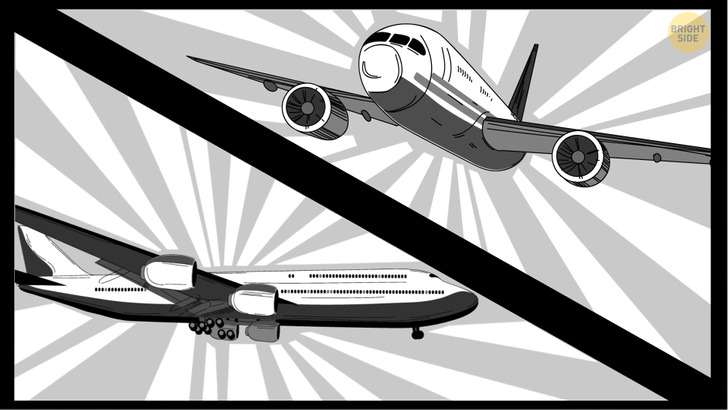
Luckily for all of the 600 plus people involved, the pilot was well-trained and confident in a situation that would cause most people to freeze up. Through his windscreen, he saw something that no pilot should ever see — another plane heading directly for him!
With cat-like reflexes and remarkable composure, the Boeing pilot gripped the throttle and steered the plane down as low as he could for the seconds he had before the collision. The Boeing flew straight underneath the other flight. Imagine being a pilot and see the ground in front of you instead of the sky. They both made it out intact. This man had saved the lives of more than 600 people.
That isn’t to say that everyone got out without a scratch. The passengers were completely unaware of the entire incident, so barely any were buckled in. They were powerless, as the change in direction threw them against the inside of the plane. Out of nowhere, with the plane’s sudden movement, many hit the roof with the force of a car crash. Every unsecured object and person were thrown through the air. Some might have even felt like the plane had just hit the ground.
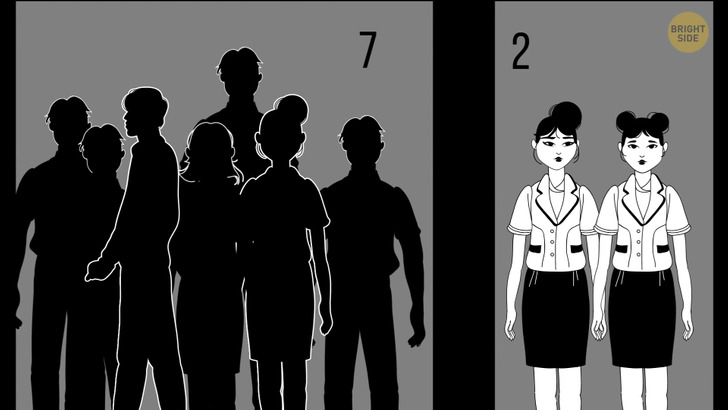
Miraculously, only 7 passengers and 2 crew members were seriously injured, and the rest only received minor injuries. The pilot circled back to Tokyo to allow all of the injuries to be treated. Thanks to the quick response of medical teams and unbelievable decision-making and skill shown by the pilot, everyone on the flight survived.
Every time you travel on a plane, you’re signing up to shoot through the sky at speeds of up to 500mph in a fragile metal shell. You’re surrounded by enormous, dangerous motors, 6 or 7 miles above the ground. Surely there’s no way you’d survive if the plane itself started to fail?
The Hudson Bay landing shows that skilled pilots can overcome these seemingly insurmountable odds. On January 15, 2009, Flight 1549 was set to fly from New York to North Carolina. The pilot, Chesley Sullenberger was a former jet pilot who converted to commercial flights in the 80s.
The sky was clear, and the conditions were favorable. It was a typical flight for all of the 155 passengers on board, until the worst happened just a minute and a half in. As the plane climbed to 3,000 feet, they hit a flock of Canada geese.
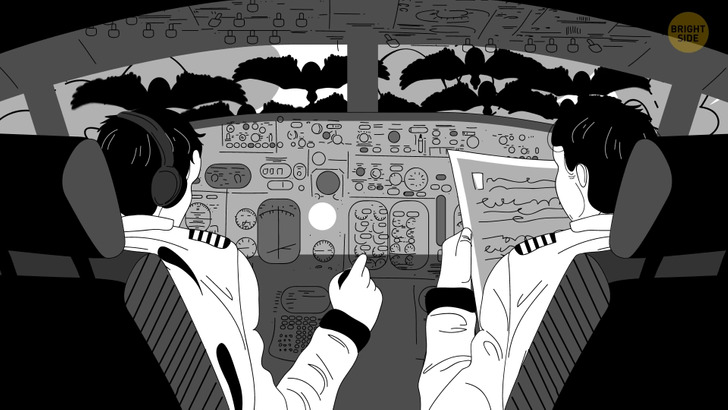
They hit the entire plane, but, most importantly, some geese got caught in both engines. When Sullenberger realized that the engines were failing, he contacted air traffic control. They ordered him to land back at the airport, but he realized that it was impossible. With failing engines and no clear runway to land on, he had to take control of the situation, to save the lives of everyone on board.
Without full control of his plane, he wasn’t able to operate at the normal altitude. He flew so low that he passed over the George Washington Bridge at only 900 feet. The people on the bridge were terrified to see the plane so close, but they had no idea how bad things were on board.
With the plane speeding at 140 mph, Sullenberger saw the Hudson River in front of him and no choice but to land on it. Everyone in the control tower was shocked to hear what he had to do, but there was no other option. Landing on a runway is one thing, but commercial pilots aren’t trained to land in a river. Sullenberger had to think clearly and plan the landing while flying towards the ground. He made sure to allow the tail to touch the water before the nose. Landing nose-first would compromise the engines further and cause even more damage.
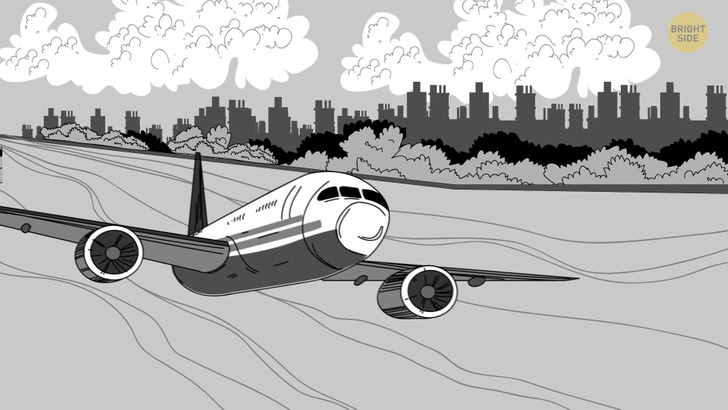
Amazingly, the plane touched down on the water without falling apart. Their momentum gradually decreased until they were at a slow, steady pace across the surface. From a distance, people might have thought it was just a slow-moving boat.
They weren’t safe yet, though. The stress of the landing had caused one of the doors in the back of the plane to open and had damaged the fuselage. It took on water quickly, and the passengers rushed to the inflatable slides for evacuation.
A ferry arrived impressively quickly to fetch the stranded passengers, who waited on the wings and the inflatable slides. Everyone received minor injuries from the collision with the river, but they all survived. Captain Sullenberger went down in history as one of the most remarkable pilots ever, having saved so many people from a seemingly hopeless situation. There was even a movie made about his heroics!











